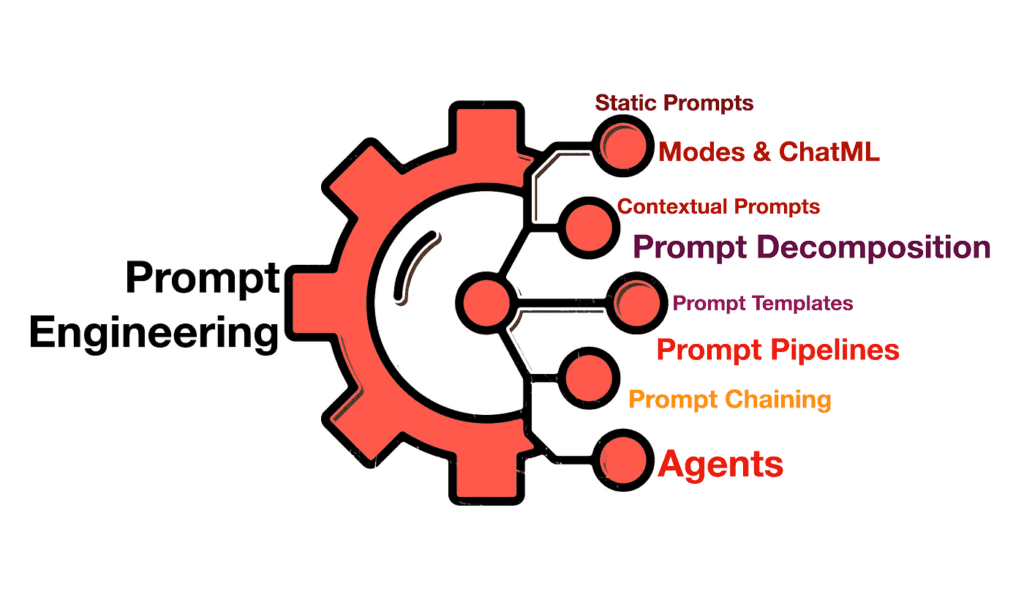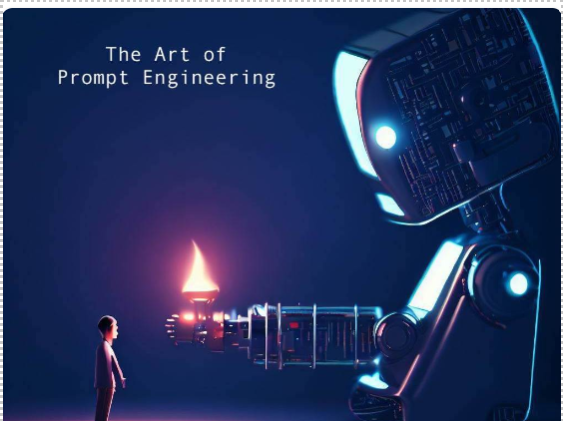
Introduction
Prompt engineering has become a critical skill in the AI and machine learning world, particularly with the rise of large language models (LLMs) like GPT-4. The quality of prompts directly impacts the output of these models, making prompt engineering essential for anyone working with generative AI. This blog explores best practices for effective prompt engineering to optimize AI outputs.
- Understand the Model’s Capabilities
Before crafting a prompt, it’s essential to understand the capabilities and limitations of the AI model. Different models are trained on various data sets, which influence their responses. Familiarize yourself with what the model can do, and tailor your prompts accordingly.
- Be Clear and Specific
The clarity of a prompt often determines the clarity of the response. Avoid vague language and ensure your prompt is specific about what you need.
Example: Instead of asking, “What is the capital of France?” which is straightforward, ask, “Can you provide a brief history of Paris as the capital of France?” This ensures that the model knows you want more than just the name of the city.
- Provide Context
When crafting prompts, providing context can greatly improve the quality of the response. Context helps the model understand the direction and purpose of the prompt, leading to more accurate and useful outputs.
Example: “Given the recent advancements in AI, explain how machine learning models can improve healthcare systems.”
- Use Iterative Refinement
Prompt engineering is often an iterative process. Start with a basic prompt, review the output, and refine the prompt based on the results. This method helps you zero in on the most effective prompts.
5. Experiment with Prompt Variations
AI models can sometimes respond unpredictably to slight changes in wording. Experiment with different phrasing, tone, and structure to see how these variations impact the output.
Example: Compare results from a direct prompt like, “Explain quantum computing” versus a more engaging one like, “Explain quantum computing in simple terms as if you’re teaching a beginner.”
- Use Constraints and Instructions
Adding constraints or specific instructions within your prompts can help narrow down the focus of the AI and produce more relevant responses.
Example: “Summarize the key points of the article in three sentences” versus “Summarize the key points of the article.”
- Leverage the Model’s Memory
In conversations with models that have a memory feature, you can build on previous prompts to create more cohesive and detailed outputs. Use the model’s ability to remember past interactions to your advantage.
- Test Across Different Scenarios
AI models can behave differently depending on the scenario or domain. Test your prompts across various use cases, such as creative writing, data analysis, or customer support, to ensure their effectiveness.
Tip: Compare the outputs of the same prompt in different domains to understand how the model adapts.
Effective prompt engineering is a blend of understanding AI capabilities, clear communication, iterative refinement, and experimentation. By following these best practices, you can harness the full potential of AI models and generate accurate, relevant, and high-quality outputs. As AI continues to evolve, so will the techniques in prompt engineering—making continuous learning and adaptation key to success in this field.
Call to Action Are you ready to take your AI interactions to the next level? Start experimenting with these prompt engineering practices today and share your results with us!
Apoorva mishra


